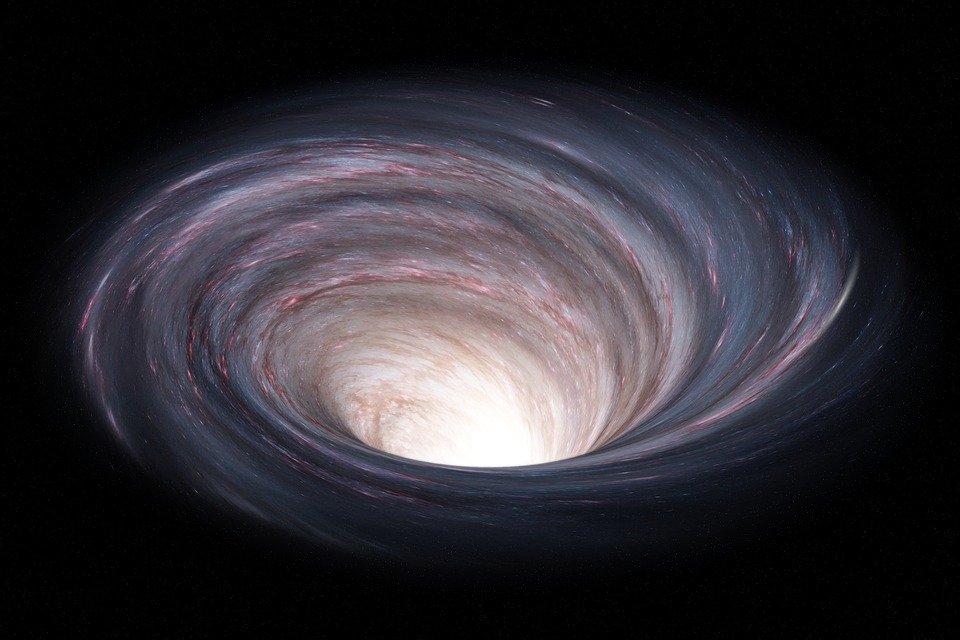Lost in Time: Discovering the Hidden Origins of Historical Figures
Introduction
Throughout history, there have been countless individuals who have shaped the world we live in today. From great leaders to influential artists, these historical figures have left an indelible mark on society. However, while we may be familiar with their achievements and legacies, the true origins and early lives of many of these figures remain shrouded in mystery. In this article, we will delve into the fascinating world of uncovering the hidden origins of historical figures and explore how these discoveries can enhance our understanding of their contributions.
Uncovering the Past
Unraveling the hidden origins of historical figures is no easy task. It requires meticulous research, careful analysis, and a deep understanding of the historical context in which these individuals lived. Historians and researchers often start their journey by examining primary sources such as birth records, diaries, and letters. These documents provide invaluable insights into the early lives of historical figures, shedding light on their family backgrounds, education, and early influences.
Additionally, archaeological discoveries and DNA analysis have played a significant role in uncovering the hidden origins of historical figures. Excavations of ancient burial sites, for example, have revealed the remains of individuals who lived centuries ago, allowing scientists to study their genetic material and trace their ancestry. This has led to surprising revelations about the familial connections and geographic origins of some of history’s most revered figures.
The Power of Genealogy
Genealogy, the study of family history and lineage, has become an increasingly popular tool in uncovering the hidden origins of historical figures. With advancements in technology and the availability of vast genealogical databases, researchers can now trace family trees back several generations, often unearthing surprising connections and previously unknown ancestors.
For example, through genealogical research, it was discovered that Abraham Lincoln, one of America’s most iconic presidents, had a mixed-race heritage. This revelation challenged conventional beliefs about his ancestry and highlighted the complexities of racial identity in American history. Similarly, genealogical investigations have revealed unexpected familial ties between figures from different cultures and continents, showing how interconnected our world truly is.
Unveiling Hidden Identities
Another fascinating aspect of discovering the hidden origins of historical figures is the unveiling of hidden identities. Throughout history, individuals have often concealed their true backgrounds or adopted alternative personas for various reasons. Uncovering these hidden identities not only provides insight into the lives of these figures but also challenges preconceived notions and provides a more nuanced understanding of their contributions.
One such example is the case of Joan of Arc, the legendary French heroine who played a crucial role in the Hundred Years’ War. Recent research suggests that Joan may have been born into a noble family, contradicting the popular belief that she came from a humble background. This revelation has sparked renewed interest in her life and has prompted historians to reevaluate the impact of her aristocratic connections on her rise to prominence.
FAQs
Q: Why is uncovering the hidden origins of historical figures important?
A: Uncovering the hidden origins of historical figures is crucial as it allows us to gain a more comprehensive understanding of their lives and contributions. By exploring their early influences, family backgrounds, and hidden identities, we can challenge existing narratives and develop a more nuanced perspective on their achievements.
Q: How do researchers uncover the hidden origins of historical figures?
A: Researchers use a combination of primary source analysis, genealogical research, archaeological discoveries, and DNA analysis to uncover the hidden origins of historical figures. By examining birth records, diaries, and letters, researchers can gain insights into their early lives. Excavations and DNA analysis provide additional clues about their ancestry and geographic origins.
Q: Can uncovering hidden origins change our perception of historical figures?
A: Absolutely. Uncovering hidden origins often challenges preconceived notions and allows us to see historical figures in a new light. It can reveal unexpected familial connections, highlight the complexities of racial and social identities, and prompt a reassessment of their impact on history.
Q: Are there any ethical considerations in uncovering hidden origins?
A: Yes, there are ethical considerations when delving into the hidden origins of historical figures. Researchers must respect privacy, cultural sensitivities, and the wishes of descendants. It is essential to approach this research with sensitivity, acknowledging the potential impact it may have on individuals and communities connected to these figures.
Conclusion
Uncovering the hidden origins of historical figures is a captivating endeavor that allows us to delve deeper into the lives of those who have shaped our world. Through meticulous research, genealogy, and archaeological discoveries, we can shed light on their early influences, family backgrounds, and hidden identities. By doing so, we gain a more complete understanding of their contributions and challenge existing narratives, ultimately enriching our knowledge of history.

